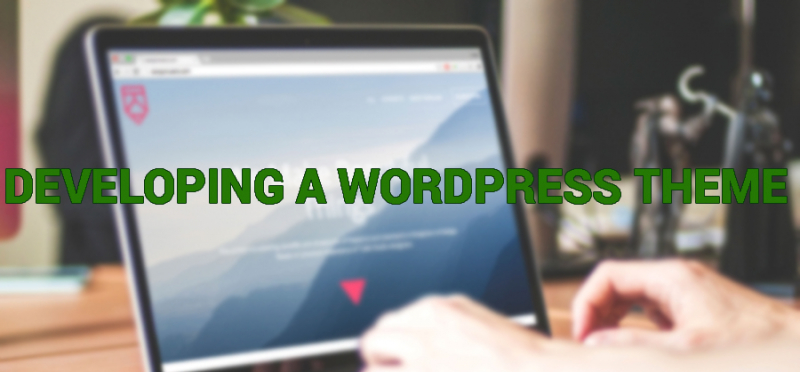Many people opt for free WordPress themes and customise them. Some prefer to develop a unique WordPress CMS theme. Whether or not the theme is truly unique is another matter but there are developers and also webmasters who would not want to use a standard free theme available to millions of people around the world.

There are many rules and best practices that one must adhere to but one can also steer clear of stereotypes and have a completely distinct approach. Regardless of the approach or what type of theme you choose to develop, here are six things you ought to consider according to the folks at WPislife.com.
The Technicalities of Design must be Simple
There is so much about design that you will have to work on. It can be perplexing and at times frustrating. It is easy to lose the way and one has to struggle to get back on track. Getting back will be infinitely more difficult when you don’t keep the technicalities simple enough.
Let us consider the example of color or the accent color which is a quintessential aesthetic element of any website. Just as you get started with developing a theme, choose an accent color and have it uniformly applied to the entire website.
There is no need to have multiple colors, even though there are thousands of them and potentially millions of combinations. You should decide on these technicalities at the outset so as to avoid confusion in the later phases. Retouches can become complicated if you don’t simplify certain aspects of the design.
Likewise, you should not have more than two fonts on your website. Only two reasons can substantiate why using more than two fonts is outright unwise.
First, it complicates working with the theme. Too many fonts will become confusing and you wouldn’t know which ones to use where and if you are being even or proportionate with your usage of different fonts.
Second, using too many fonts doesn’t work from the branding perspective. Internet users should not be presented with too many visual jerks.
Actually, there shouldn’t be any jerk at all. When fonts change in one page or from one page to another, there are jerks for the visitor or viewer. Internet users are accustomed with two fonts so play safe.
Experimentation is Healthy but to Reasonable Extents
Developers can always be experimental with their approaches and website owners can be demanding. One such demanding experiment is having distinct theme preferences or customizations for every page.
It sounds lovely as the homepage should not be similar to the contact page or the product pages should be different from the terms and conditions page. However, having so many customizations will simply make life miserable. When there are some changes to the theme, they should be applied to the whole website and not to any specific page.
If there are too many customizations of the overall design, layout or integrations then the changes executed can ruin the design for many pages. One would have to attend to every heavily customized page individually.
Think of the Future while Laying the Foundation
A website will go live with completed pages filled with content. There would be no webpage that has no content or any removed webpage that leaves an address but no content to show. This is where an error page becomes relevant.
A theme should have a customized error page even before the website goes live. Some day there will be pages that would be removed or users will enter wrong extensions or addresses using the correct domain of the website.
They need to be redirected to an error page wherefrom they should be able to access a sitemap and go to a page they want to directly. Likewise, pagination is imperative on blog or forum. Today there may be only a few or no comments but someday there will be many and the list cannot be endless.
Have a Search Box & Search Result Pages
There should be a search box and search result pages. These should be developed as a part of the theme. Developers or webmasters don’t need to search for anything as they know where everything is but visitors would want such a facility. The search result pages should not look like an alienated webpage.
Always go for Compatible Plug-ins & Integrations
Anyone would want to use plug-ins. They could be standard or customized. Regardless of that, the theme should be compatible with all major plug-ins and popular integrations. WordPress themes will have to use different plug-ins depending on the need of the hour. A website needs to be amended organically over time to remain relevant.
Focus on the Load Speed of the Theme
The smartest developers know the influence of the theme in determining the speed at which a website would load. Do not develop a theme that drags a website down. People don’t use dial up any more and most users know how fast their broadband or wireless network works. Slow loading websites don’t impress anyone.





